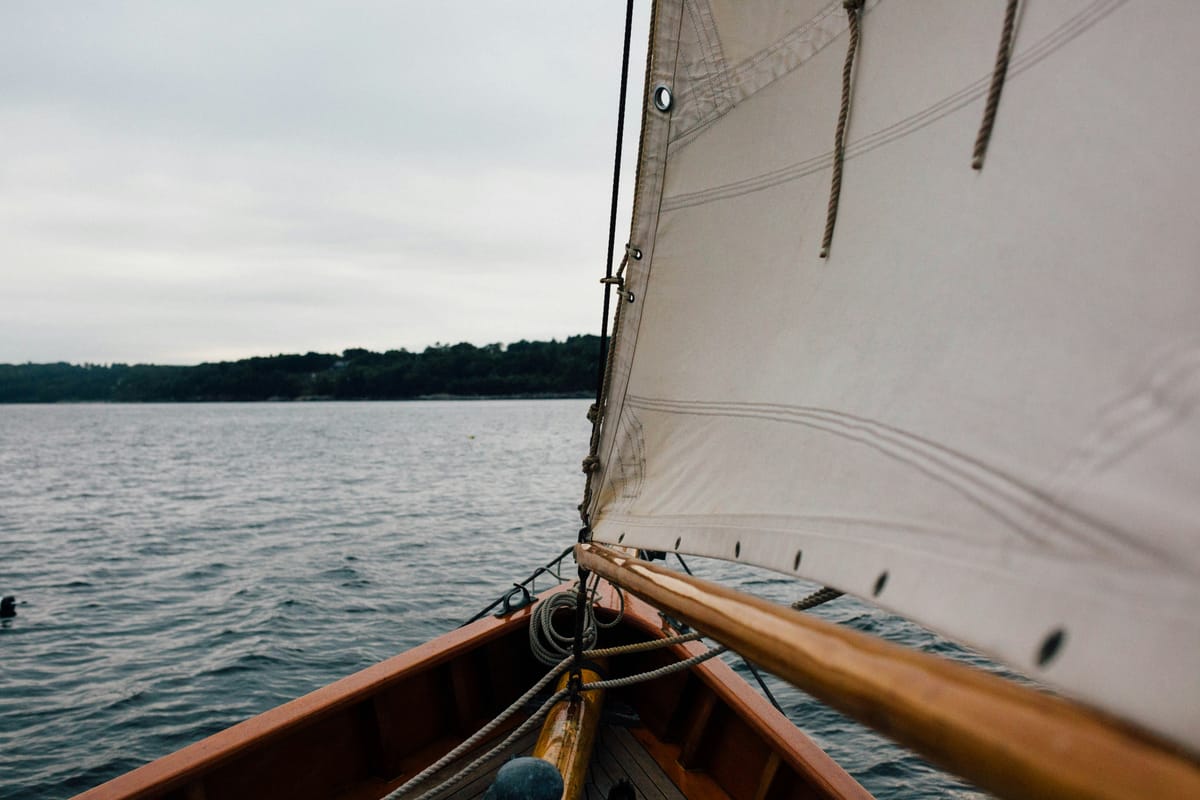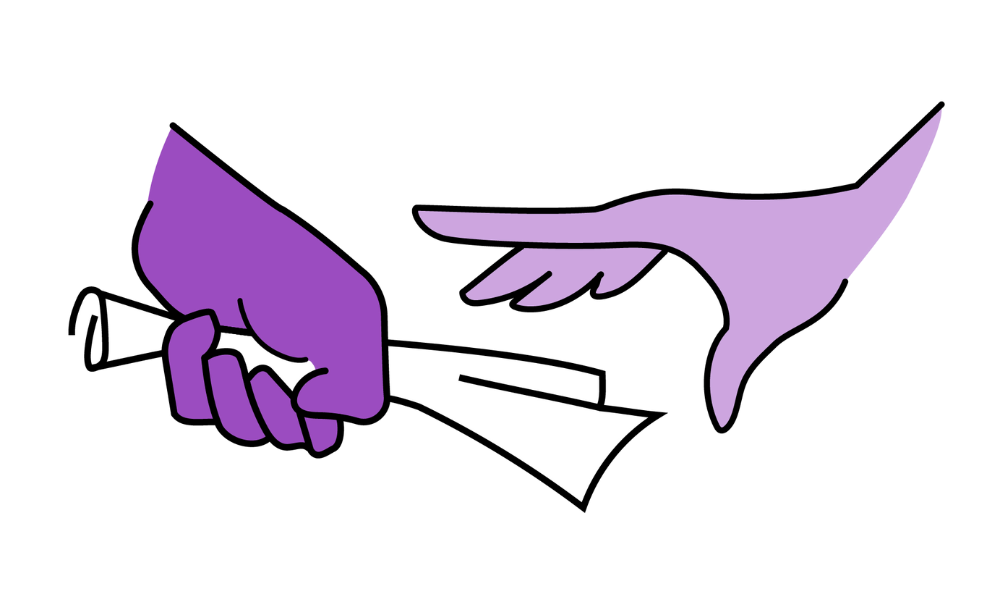We’re changing course, and it won’t be the last time
Our audience is speaking. We’re listening, and adjusting our plans for initial content.

When we began approaching the Tenderloin community, in San Francisco, with our offer to start a newsroom that served them, we had guesses about what they might want and need.
Community members have shown us where we were off base.
We were pitching to our audience that we bring them into the editorial process, which conventionally excludes them: We’d ask them what journalism they wanted, and then deliver it. We thought that they’d spell out their information needs, pointing us to certain topics, narrative framings, and questions to answer. And we figured our coverage should aim almost entirely at Tenderloin readers.
But in months of conversations with people living and working in the Tenderloin, we’ve learned that what people need isn’t exactly what we were expecting. And so we’re changing course.
Many community members want a comprehensive calendar, so they can know what’s going on in the neighborhood and participate socially and politically. We’re figuring out the right tool for this and will start compiling events soon.
Some don’t just want us to tell the stories that they assign. They want to tell the stories themselves, to spread their truth. So now we’re working toward assembling this content. For us, it will be an experiment in a different kind of editing and curation.
Others say they want more than a role in our editorial process. They want coverage that helps themselves and others. For example, at our listening session they asked for stories that would help first responders and others on the front lines get resources to deal with trauma. People also wanted articles to include GoFundMe links and other ways for them to personally support victims.
And while our future readers want our content to speak to the Tenderloin, they also want it to reach the world outside the neighborhood and affect how people see its residents and workers.
Finally, there is a desire for the kind of old-school accountability journalism that can spur positive change, and that our team has many years of experience doing. This is where we’ll point our own reporting skills and, potentially, those of other journalists who have already offered to assist.
In other words: Over and over, we’ve discovered that the Tenderloin knows what it needs. And it needs many different things.
Our challenge will be to try to provide them all.
It’s becoming clear that we will not pull that off in our first few batches of content. At the start, we’ll prioritize our limited resources for the most requested content. Then we’ll hit up our contacts, ask them what was missing, what fell short, what didn’t speak to their concerns. And we’ll adjust, as we already have, in response to feedback. Like a ship sailing home, we’ll keep tacking with the shifting winds, and if we do it right then we’ll end up where this community needs us to go.
And this is what’s innovative and special about this newsroom — not the content that we’ll publish, but the relationship we’ll gradually build with our audience. We are listening and trying to actually, really hear them, and we’re poised to pivot whenever necessary. We’re here to provide a service, after all. It isn’t about what we have a reflex to give; it’s about what they want to receive.
As one community member said during our group session, “If this organization could keep doing this level of community listening, you’re already ahead of all the other news organizations.”
